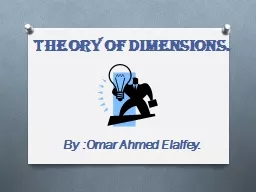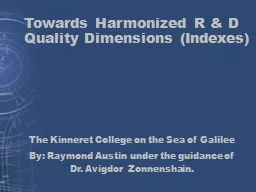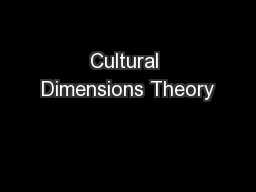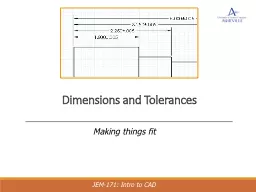PPT-Theory of dimensions.
Author : jane-oiler | Published Date : 2016-12-17
By Omar Ahmed Elalfey Problem with Nature of Light Isaac Newton Suppose light particulate his theory Christian Huygens He was a strong supporter of the wave
Presentation Embed Code
Download Presentation
Download Presentation The PPT/PDF document "Theory of dimensions." is the property of its rightful owner. Permission is granted to download and print the materials on this website for personal, non-commercial use only, and to display it on your personal computer provided you do not modify the materials and that you retain all copyright notices contained in the materials. By downloading content from our website, you accept the terms of this agreement.
Theory of dimensions.: Transcript
Download Rules Of Document
"Theory of dimensions."The content belongs to its owner. You may download and print it for personal use, without modification, and keep all copyright notices. By downloading, you agree to these terms.
Related Documents














